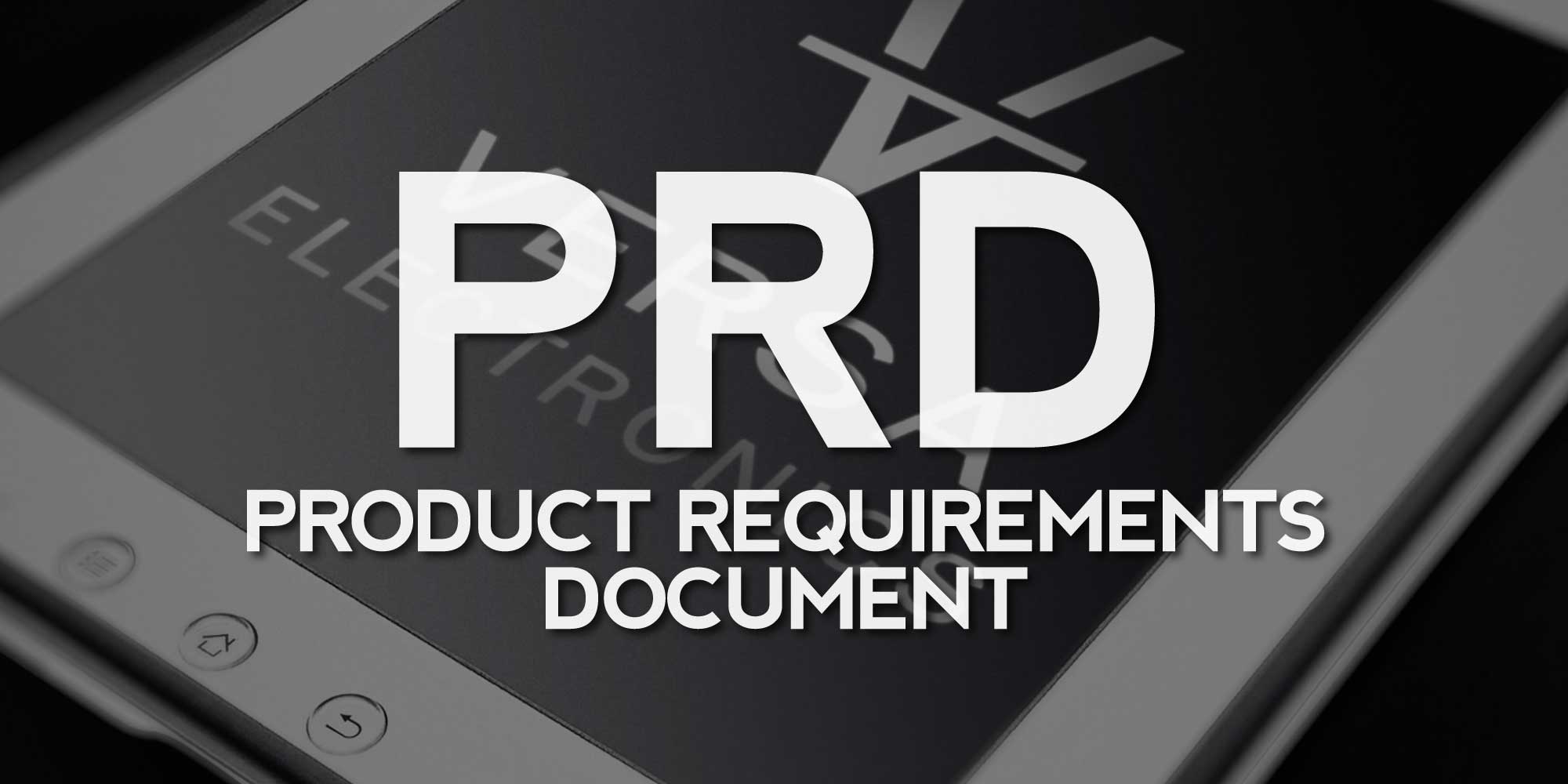Writing An Effective Product Requirements Document (PRD) for Electronics
Regardless of how simple an electronics product idea might seem, turning it into reality isn’t an overnight process. There’s a lot that goes on in creating a great product, and a product requirements document is at the heart of it all. A PRD enables you or your business to clearly express what the potential release is all about and how it’s going to impact the end-user positively. Described herein is all you need to know about a product requirements document.
What Is a Product Requirements Document?
In a layman language, a product requirements document commonly referred to as a PRD is a document that describes the product that you’re about to design. It defines the capabilities that must be included for the product to be considered complete and its performance metrics met. Based on this definition, a PRD must be inclusive of the following elements.
The Purpose
The PRD must outline who the product is for or why you’re building it
The Features
It must also explain the capabilities and performance metrics of the product.
The Release Criteria
A useful product release document should also outline the functionality of the product.
Timeline
The PRD should also outline the proposed release date. On top of that, it should also explain the achievability of this date based on factors such as the current and expected market condition or competition.
Why A PRD is Important?
Most electronic product managers are often reluctant about creating a PRD as it can seem a daunting task. However, writing a simple PRD for the upcoming product packs a lot of perks. Here’re a few reasons why writing one is of the essence.
Creates a Sense of Direction
No matter how organized the engineering team might be, the chances of having misinterpretations about the purpose of the product run high. A PRD eliminates this as everyone who’ll be part of the process is often involved in writing it down. As a result, every team member gets to understand the development process and their role in it.
In other words, a PRD acts as a compass as every team member gets to understand what the product intent is, and what kind of input is required from them for the product to be complete. This, in turn, ensures that all team members are on the same page and do what is expected of them, resulting in a smooth sailing process.
Enables the Team Come Up with Solutions Beforehand
A PRD also allows the design and development team to tackle any potential problems beforehand. How? Well, a PRD gives every team member a high-level understanding of the product. In respect to that, every engineering discipline is usually aware of what is required for implementation and what might go wrong during the process. As a result, they’re able to tackle it beforehand, ensuring the process goes as expected. For instance, if the product requires certification, the team responsible will see to it in advance, so the development process isn’t interrupted at any stage.
Better Product Quality
A PRD gives a high level of understanding of the product. This, in turn, results in better product quality as every team understands what’s required of them in the process.
How to Write a Product Requirements Document
Here’s a guide to writing an effective product requirements document
1 – Outline the Purpose
For a successful product release, everyone in the design and development process should have a clear understanding of the purpose of the product. Therefore, your PRD should include a well-explained product description. A useful PRD purpose should consist of a well-curated product description.
For your team to understand the purpose of the product, they should first have an idea of what it will be. In respect to that, your PRD should first outline
- What the product is and who is the target customer or stakeholder
- Whether there’re any other products or components, the proposed product needs to be fully functional
- Why it’s important.
Knowing what the product is and who’ll use it enables your team to create it in a way that it meets the expectations of the target users and the potential stakeholders. It also allows a smooth transition into the next step below.
2 – Write Down the Features
Once you define the purpose of the product, outlining its features will be much easier. This is because everyone already knows what the product is and what the end users expect it to be. With this information in mind, the design team will be able to design the product features based on
- Market regulation
- Product performance
- Budget available
3 – Set Functionality Goals
Setting the right functionality goals will help the entire team to achieve the purpose of the product. Thus the next step to writing an effective PRD is ensuring that the product:
- Is easy to understand and use
- Offers excellent performance and is reliable
- It’s functional, i.e., can be installed and utilized by the target user
4 – Determine the Target Release Date
Every product needs a timeline. Thus, ensure you include a schedule for the release even if it’s a rough estimate. This enables every team involved to work on it based on the time available. Your timeline should, however, offer enough flexibility such that your teams can tackle any unforeseen problems effectively. It should also provide stakeholders enough time to review it.
According to our team at Versa Electronics, the timeline is the part that most manufacturers get wrong. It’s important that you pay significant attention to the schedule.
Final Thoughts
With the above tips, creating a PRD is a tad easier. Even though our guide doesn’t include everything you may need for your project, it’s a great place to start. Contact us for a comprehensive guide on how to create a Product Requirements Document (PRD).





